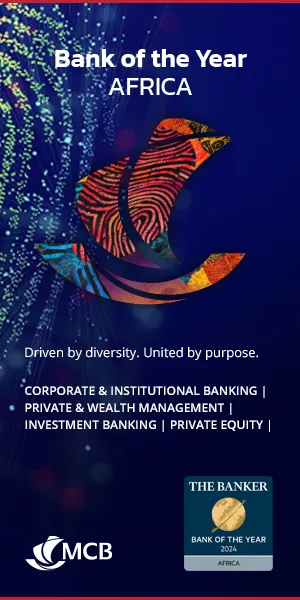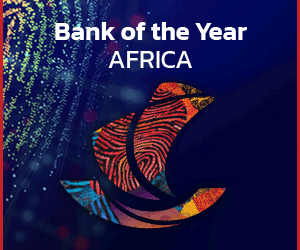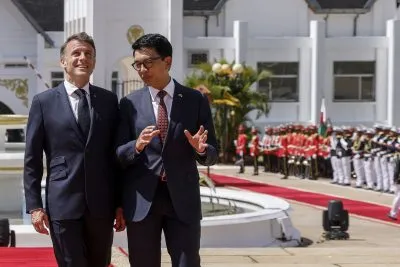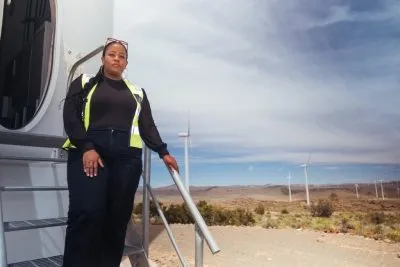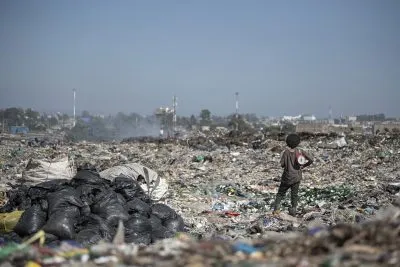South Africa produces more iron ore, coal, gold and manganese than any other country in Africa and is a mining exporter of global importance. The situation there is thus of particular significance for the mining sector in Africa as a whole.
The South African economy and political system are both struggling under the weight of uncertainty over the future of President Jacob Zuma and anaemic economic growth, so the recovery in commodity prices is a welcome piece of good news for Pretoria. In particular, the more optimistic outlook for the Chinese economy – in January the IMF upgraded its growth forecast for the country to 6.5% – could herald new investment, as South Africa ships 50% of its mineral exports to Asian customers.
South African coal exports for 2016–17 will again fall short of expectations. Transnet Freight Rail (TFR) transported 76.3m tonnes to the country’s main coal export facility, Richards Bay Coal Terminal (RBCT), in 2014–15 but expects to carry just 73.2m tonnes over the current financial year. The number of people employed in the South African mining industry has also fallen, by 5.3% in the year to the end of June 2016.
As a result of the shortfall, TFR appears to have dropped its short-term target of boosting its coal carrying capacity on the line to RBCT to 81m tonnes a year. The chief executive of Transnet, Siyabonga Gama, says that his company still hopes to eventually boost its total coal rail handling capacity to 110m tonnes a year. But, as with other parts of the mining sector, such an outcome will depend on improving South Africa’s poor labour relations, as well as a sustained price resurgence.
Signs of recovery
However, it appears that the green shoots of a recovery are starting to appear. Figures from Statistics South Africa, a government agency, show that a recovery has begun in demand for both coal and iron ore, the country’s two biggest mining exports by both volume and value.
In the latest month for which figures are available, October, iron ore production was up 5.2% on the previous month, and coal 8% higher. Unused capacity at RBCT could be exploited following a change of ownership.
South Africa’s influential Gupta family, which has been embroiled in a wide-ranging scandal over its links to President Zuma, has sold its 7.6% stake in the terminal to commodity trader Vitol and South African businessman Quinton van der Burgh. They will now be entitled to ship 7m tonnes a year out of Richards Bay.
Van der Burgh’s family firm owns six coal mines in the country. The recovery has also fed through to other commodities. The price of gold rose in 2016, the first annual rise in four years, and continued to increase in January.
Platinum production increased by 2.2% over the year to the end of October and South Africa should benefit from renewed Chinese demand for African iron ore. South Africa is currently the sixth biggest producer of iron ore and third biggest exporter in the world. Although it is expected to have dipped a little last year, output reached a record 80m tonnes in 2015.
Untapped reserves
Production capacity in the traditional heartland of South Africa’s coal industry, the Mpumalanga mines, is gradually falling, but the country possesses huge untapped reserves in the Waterberg Basin. As a result, Transnet has pledged to open up a second main coal transport line, this time from the Waterberg in Limpopo Province to RBCT.
The first of five phases on the project was completed last July, with the development of a 1.8km passing loop at Matlabas that allows 100 wagon trains to use the line rather than just 50 wagon trains. This increased capacity on the route from 400,000 tonnes a year to 2m tonnes a year, while the Phase 2 increase to 6m tonnes a year is underway.
TFR has a target of completing the entire upgrade by 2023, giving transport capacity of 81m tonnes a year, but this will surely slip if there is insufficient demand. It seems very ambitious in any case, as output in Mpumalanga is not forecast to decline particularly rapidly. The entire project is expected to cost R21.8bn ($1.52bn).
Disputes over black economic empowerment
The other big news in the South African mining industry is the dispute between the government and mining firms over the government’s new Mining Charter, which will increase mining royalties and strengthen black economic empowerment (BEE) requirements in the industry. Under the previous charter, the industry had to be at least 26% owned by black investors.
The Chamber of Mines insists that this target has been met but the Department of Mineral Resources (DMR) disagrees. Under the new charter, requirements on procurement will be imposed, with up to 70% of all procurement to come from BEEs for some services and materials.
In November, the chief executive of the Chamber of Mines, Roger Baxter, told reporters: “Constructive engagement has been our traditional route but we’re not going to take this particular issue lying down … The industry made a combined loss of R37bn last year and R10bn the year before, after impairments. Now we’re faced with a whole bunch of extra levies which are going to add extra to the cost profile.”
He added: “As far as we can tell, the Department of Mineral Resources has taken none of these issues on board and clearly the meetings were limited consultations … The DMR chose this time to produce its own draft without properly engaging any stakeholder other than receiving submissions.”
There could be a link between this fraught relationship and Sibanye Gold’s ambitious diversification strategy. The firm, which has been listed on the FTSE/JSE Top 40 index since September and which was a purely South African gold mining company, has expanded both geographically and into platinum.
It started by paying R4.5bn each for an Amplats platinum mine in Rustenburg and for platinum operations owed by Aquarius Platinum. In December, it agreed to take over US firm Stillwater Mining for $2.2bn.
Sibanye CEO Neal Froneman said of the Stillwater takeover: “[It] is consistent with Sibanye’s strategy of creating superior value for all of our stakeholders by enhancing the cash flow generation […] The transaction represents a transformational opportunity for Sibanye to acquire high quality, low cost assets at a favourable point in the cycle.”
Interestingly, Stillwater earns more income from its platinum recycling business than from mining. The strategy seems a clear gamble that platinum will outperform gold, or a form of insurance against mining sector uncertainty in South Africa.
Neil Ford
Want to continue reading? Subscribe today.
You've read all your free articles for this month! Subscribe now to enjoy full access to our content.
Digital Monthly
£8.00 / month
Receive full unlimited access to our articles, opinions, podcasts and more.
Digital Yearly
£70.00 / year
Our best value offer - save £26 and gain access to all of our digital content for an entire year!

 Sign in with Google
Sign in with Google 